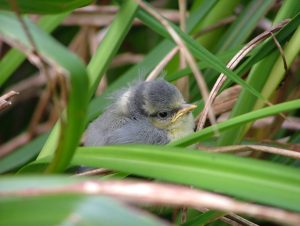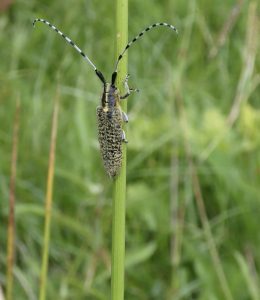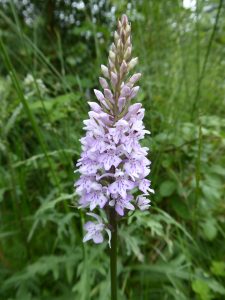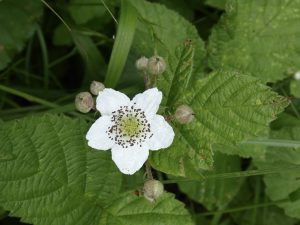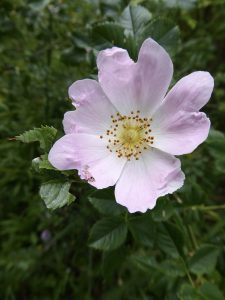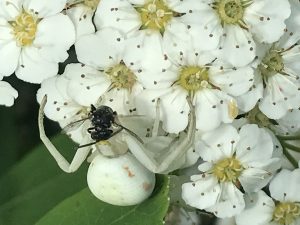Its a bit hard to know where to start with birds in my garden at this time of year because we are once again inundated with young birds. Amongst the positives are that the Blue tits and Great tits have done well, the record so far is 12 birds on a fat ball container that holds 6 balls! My joy at this is tinged with a caution as to why this year the garden birds seemed to have become much more reliant on supplied food. Something more seems to have gone wrong with the relationship between natural food supply, particularly insects, and timing of broods. There is a much discussed problem of the temperature trigger that influences insect abundance getting out of step with birds egg laying which is often related to day length. This year, to me, it also just looks like there are far fewer insects and insect larva. Whether this is so or not and whether it may be down to climate change or not isn’t clear. I am alarmed at the thought that the influence of atmospheric pollution may also be far more insidious than the obvious impact on human health in cities.
Greenfinch family also regulars but it is the surprise presence of a pair of Bullfinches and an adult Great Spotted woodpecker together with the absence of young House sparrows that raises my level of concern.